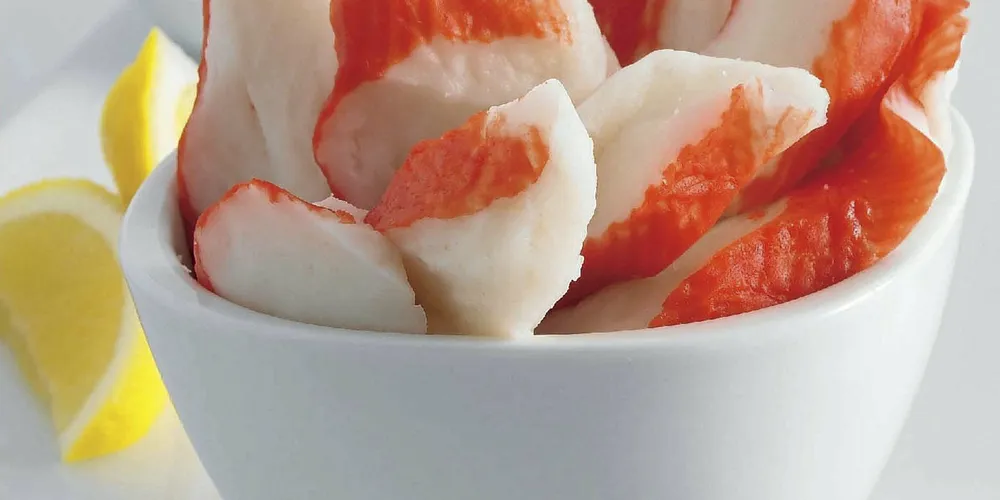EU Surimi Forum: Russia's surimi plans are rattling the market
IntraFish's Demi Korban is reporting live from Madrid, where the EU Surimi Forum 2019 is taking place.

IntraFish's Demi Korban is reporting live from Madrid, where the EU Surimi Forum 2019 is taking place.
